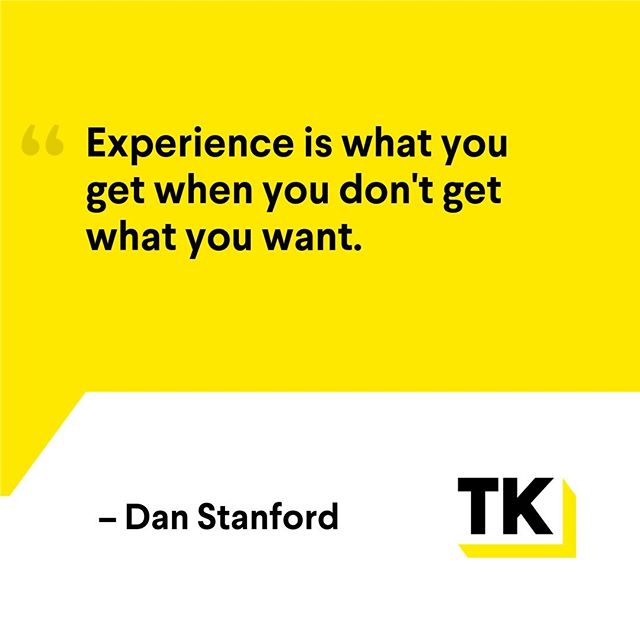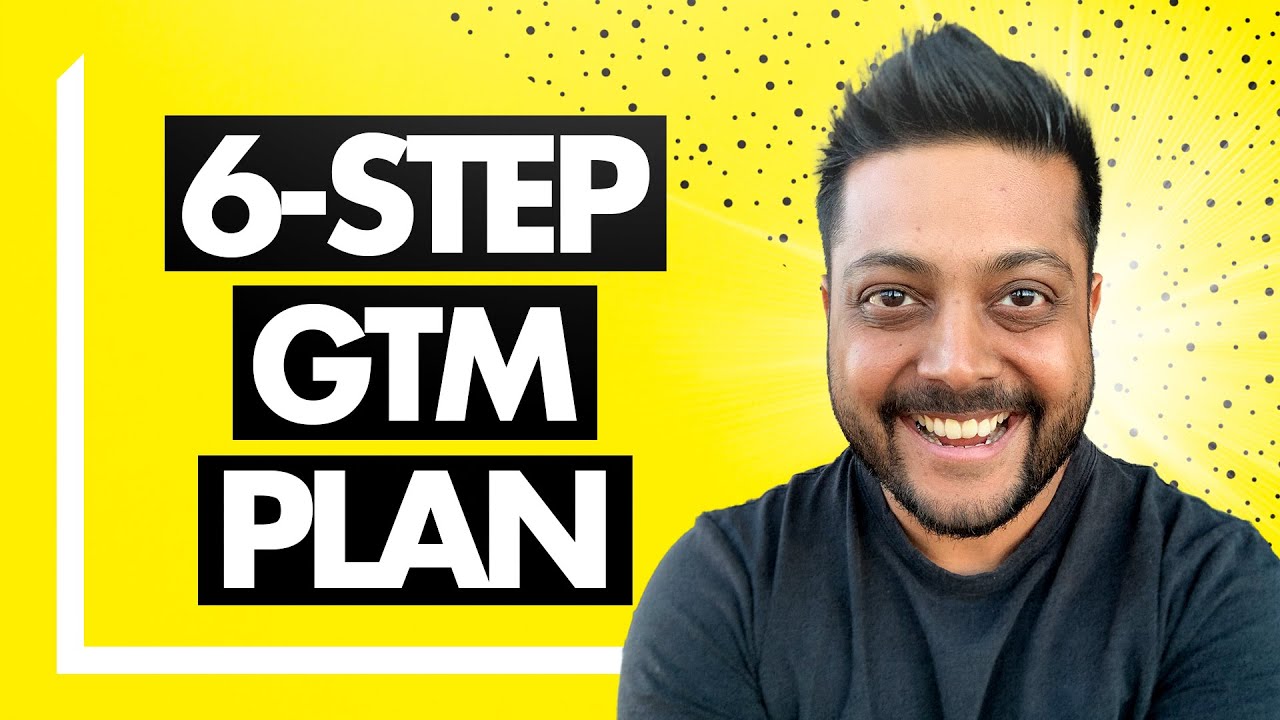“Strategy without execution is useless. Execution without strategy is aimless.”
In the early stages of building a SaaS company, many Founders tend to jump into execution without a proper strategy. Others get stuck in endless strategy planning without taking action… At the end of the day, success in SaaS requires Go-To-Market strategy execution.
You can always outline what needs to be done in theory, but those plans don’t always translate into daily tasks for you and your team.
So, how do you make sure that the things you’re doing every single day are actually driving growth for your SaaS business?
In this blog, I’ll cover the three principles you absolutely need to know in order to ensure you’re properly running your Go-To-Market strategy execution:
- Well-Defined GTM Strategy
- Daily Cadence
- Experiments and Metrics Spreadsheet
Go-To-Market Strategy Execution
One of the most common procrastination traps we fall into is prioritizing planning over execution. It’s satisfying to strategize and create to-do lists, but executing those plans always seem less glamorous.
If you actually did all the things on your checklist though, where would you be?
Execution trumps even the most meticulously crafted plans. As Founders, we often get sidetracked, chasing too many ideas without the discipline to follow through. This is what will really make or break a Founder’s success.
A successful Founder possesses the discipline and grit to execute. But how do you know you’re focused on executing the right tasks?
So, here are the three principles that I have personally used to transform myself and my team into a Go-To-Market strategy execution engine.
Principle 1: Gut Check Your Go To Market Strategy
Early stage SaaS companies tend to skip over the critical strategy work and jump right into the execution. This leads to a messy, unorganized business strategy. Before you dive into execution, you need to make sure you have a well defined Go-To-Market strategy.
When you jump into the execution without getting the strategy right, everything becomes 10X harder.
When you nail the strategy first, the execution becomes 10X easier.
Before you start the Go-To-Market strategy execution, make sure you are gut checking your defined GTM strategy. There are three major parts that go into a proper GTM machine.
1. Ideal Customer Profile
Your Ideal Customer Profile (ICP) is a detailed description of the type of customer who would derive the most value from your SaaS product. Building an ICP involves analyzing your existing customer data, market research, and identification of common characteristics, pain points, behaviors, and demographics.
When you understand the unique needs and preferences of these ideal customers, you can tailor your GTM strategy to effectively attract, engage, and retain these customers.
2. Strategic Narrative, Messaging, and Positioning
Your strategic narrative, messaging, and positioning is a critical part of any Go-To-Market strategy. It shapes how your SaaS business is perceived by your ideal customers. Crafting clear and consistent messaging ensures that your narrative resonates across all channels and effectively conveys your value proposition and customer pain points.
When you develop a strong and proper strategic narrative, messaging, and positioning, your SaaS business will be differentiated. If you would like to learn more on creating differentiated messaging, watch the video below.
3. Channels
Choosing the right channels to reach your ideal customers is a major part of your GTM strategy. It ensures that your sales and marketing efforts are directed towards platforms where your ideal customers are most active and receptive to messaging.
When you identify and use the channels frequented by your target market, you can effectively engage with potential customers and drive conversions.
Many times, we believe we have a proper strategy when in reality it’s not clearly defined. Gut checking your Go-To-Market strategy ensures that it actually lays the foundation for your execution. If you’re still working on creating a proper scalable GTM strategy, grab a complimentary copy of my 5-Point SaaS Growth Strategy Guide below.
Principle 2: Daily Cadence
Based on your strategy, what are the things you need to do on a day-to-day basis?
Once your strategy is clearly defined, you’ll need to develop your GTM strategy execution. Think about the tasks that will put your Go-To-Market strategy into play:
- Tweaking ADs
- Outbound Prospecting
- Follow-up on deals that you have in flight
- Asking if there are customers to get referrals from
If you don’t have tasks like those listed above, chances are you’re not executing enough. Unless you do your daily tasks, you won’t know if your strategy even works.
I personally use Asana and have a recurring checklist on a daily and weekly basis. If I know these tasks are getting done, then I know my strategy is actually being put into execution.
If not, chances are I’m not driving enough activities, collecting enough data, or making enough movement in the market to actually make a difference.
Principle 3: Weekly Experiments and Metrics Spreadsheet
As you are executing your GTM strategy, you’ll need to track the metrics that matter and run at least one experiment every week. Tracking your metrics on an organized spreadsheet allows you to understand whether your execution is working or not. It gives you the opportunity to see what needs to be tweaked and what parts of your execution are working well.
There are three major metrics I track on a weekly basis:
- How much engagement we get
- How many leads we have
- How many users sign up and become real opportunities
When you start tracking your metrics, you get into the momentum of executing and get addicted to improving your GTM machine. All of a sudden you’re in a loop of putting things into motion. This is called continuous improvement, and it’s FUN!
When you get into this, you trade in the discipline for success.
If you would like to dig deeper, here is a video on developing a data-backed GTM.
In Conclusion
These are the three principles to ensure your GTM strategy is actually driving execution. When you follow these you will be able to put your strategy to work and accelerate the growth of your SaaS business.
If you’re an early stage SaaS Founder working out the elements of your Go-To-Market strategy and Go-To-Market strategy execution, there’s a lot of work to be done. To ensure you’re on the right path, grab a complimentary copy of my 5-Point SaaS Growth Strategy Guide. I share all the insights into building out a strategy to scale your business to reach $3M+ ARR (and beyond).












